Read next
The latest news, updates and expert views for ambitious, high-achieving and purpose-driven homeowners and property entrepreneurs.

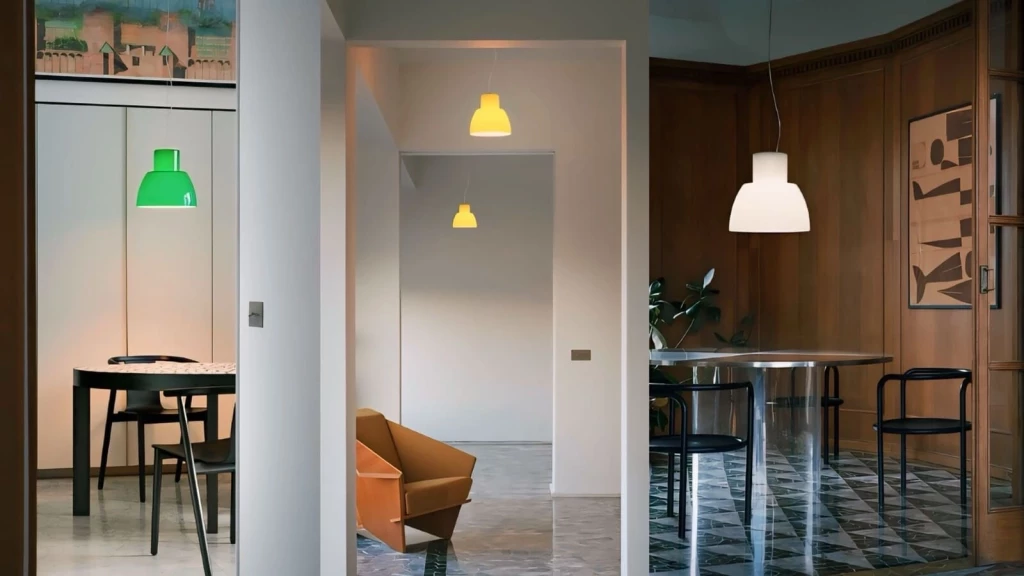
When executed correctly, lighting design can completely transform an interior space, taking it from ordinary to opulent in an instant.
Though we might sometimes underestimate its influence, the correct lighting layout is just as important as every other interior design choice we make - perhaps even more important - as it has the power to elevate the aesthetic appeal of a luxury space, while also being responsible for a more intangible quality - mood and ambience.
Let’s reflect on this for a moment.
If you want to create a warm and cosy atmosphere, soft, dim lights are essential. By contrast, if you want to build a space that’s energising and promotes alertness, you’d instead opt for a brighter, more dynamic style of lighting.
Though it sounds obvious, the reality is that the world of interior design too often fails to utilise the full spectrum of lighting’s capabilities, which is exactly why I'm writing this article.
In this piece, you’ll be walked through a series of interior architect approved lighting techniques that can transform your luxury interiors and take them to the next level.
By the time we’re through, you'll have a renewed appreciation of the subtleties of high-end lighting design and you’ll know exactly how to apply these methods in your own spaces.
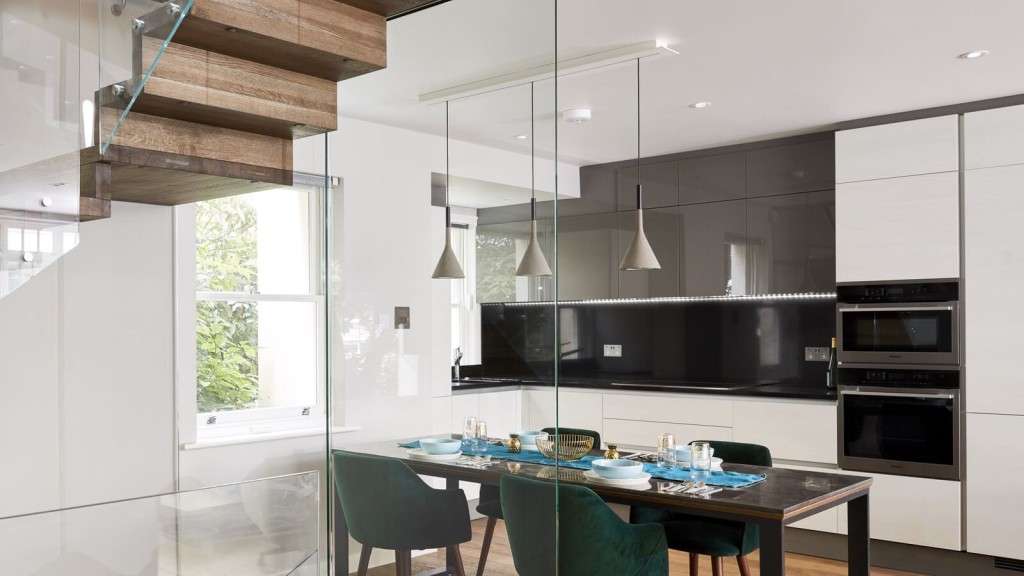
Luxury lighting design transcends mere illumination - it’s an artform in and of itself.
It blends functionality and aesthetics with innovation and is tailored to enhance the ambiance and character of high-end spaces.
It's a meticulous process, with a focus on crafting an atmosphere of exclusivity and sophistication, tailored to the unique preferences and lifestyle of the users.
While it might sound overwhelming, the reality is there are many ways you can use the principles of luxury lighting design to elevate your own space.
Without further ado, let’s dive in and explore our top luxury lighting design tips.
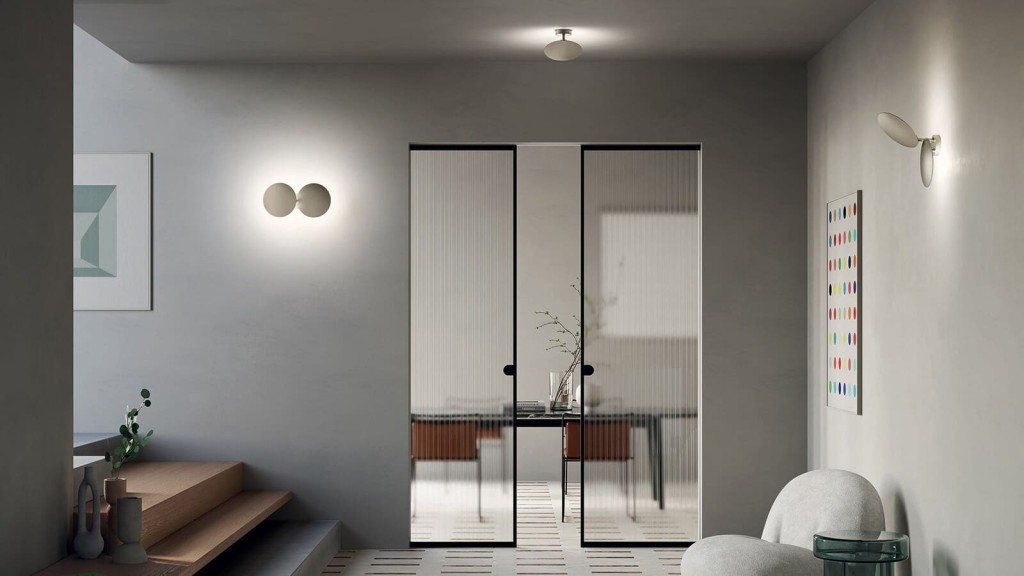
The first luxury lighting design tip that interior architects use every day, is to play with light layering.
As you might have guessed, light layering is about utilising various light sources - ceiling lights, wall lights, floor lamps, feature lights, candles, etc. - to come together and create the cohesive, luxury space of your dreams.
So often when we work with clients on their interiors they incorrectly assume the ceiling light is the most important light source. While it certainly has its place, what’s far more crucial is the interplay between multiple layers of light throughout a room. The tool of light layering is often referenced by lighting designers as being one of the easiest ways to transform a regular space into a luxurious one, adding interest, depth, and drama to a room with relatively little effort.
But, if you’re not an interior architect or lighting designer yourself, you might be wondering exactly what the various types of lighting are that we should be layering. In short, there are four key lighting styles we want to focus on: task, accent, ambient, and overhead lighting.
Here’s a closer look at each:
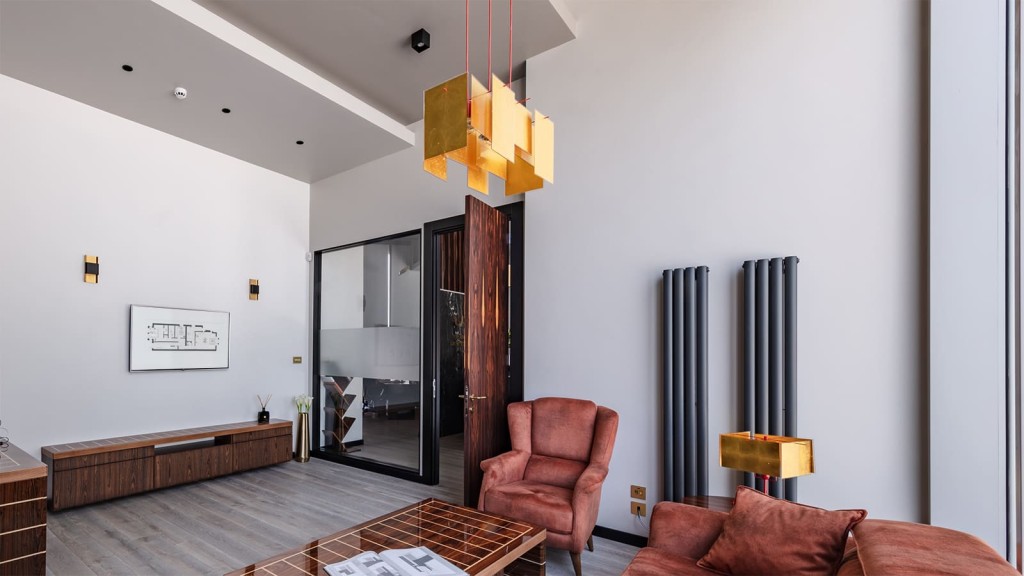
To properly layer our lighting, we should be integrating a selection - if not all - of the above lighting styles to add luxury, interest, and depth to our space. There are no hard and fast rules though, so feel free to tailor your lighting scheme to your personal taste and to how you’ll be using the space. If you’re just not sure, an interior architect or lighting designer will be able to assist you.
Now you’ve got your luxury light layering nailed, let’s turn our focus to task lighting and unpack the pivotal role it plays in enhancing our spaces.
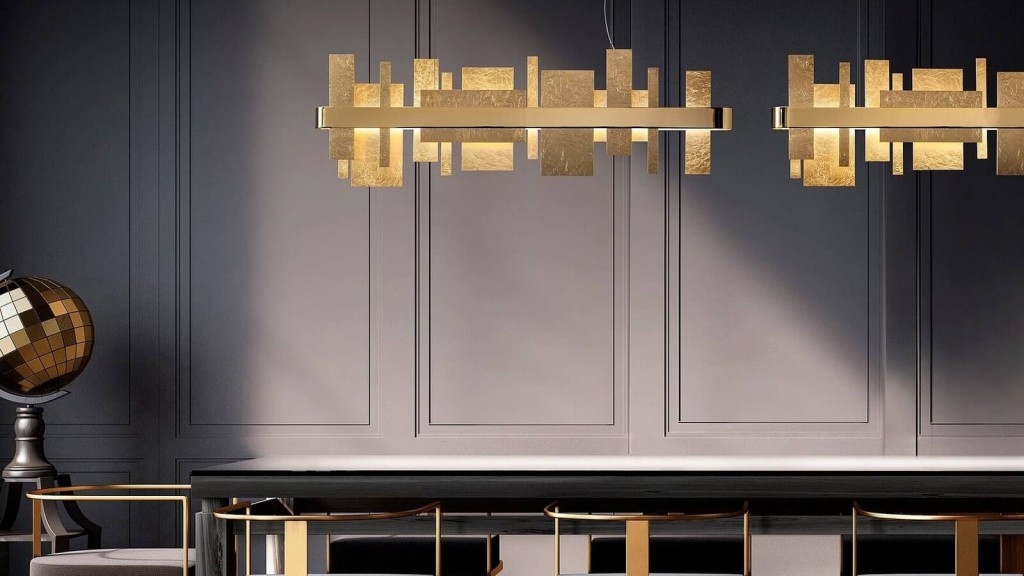
Focused lights are the ones you don’t notice are important until you’re without them and they really are crucial when considering your lighting design layout.
To indulgently draw on a recent example from my own life, a few weeks ago the light bulb above my dining table blew and you would NOT believe how much less enjoyable the process of eating was, sitting there in relative darkness with my big bowl of pasta.
Sure, this was very much a First World problem. However, in the absence of light, the vibrance and colour of my meal was completely drained, quite genuinely making for an inferior dining experience.
How I will ever get over this trauma I just don’t know.
Underwhelming anecdotes aside, we shouldn’t downplay the impact focused lighting can have on adding luxury to the everyday.
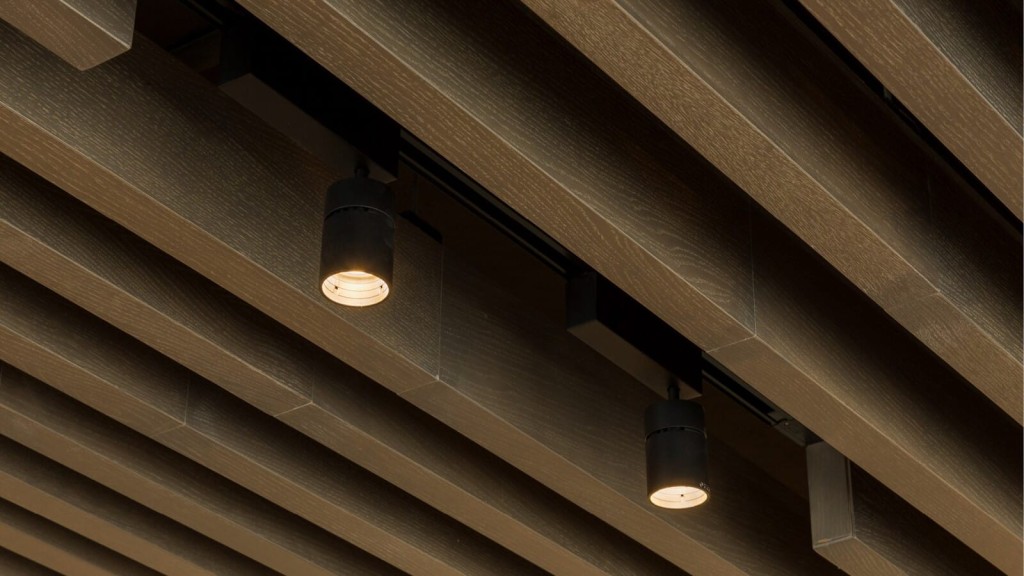
In terms of where you should be implementing focused lighting throughout your home, really there are three key spaces where it matters the most: the kitchen, the office, and the bathroom.
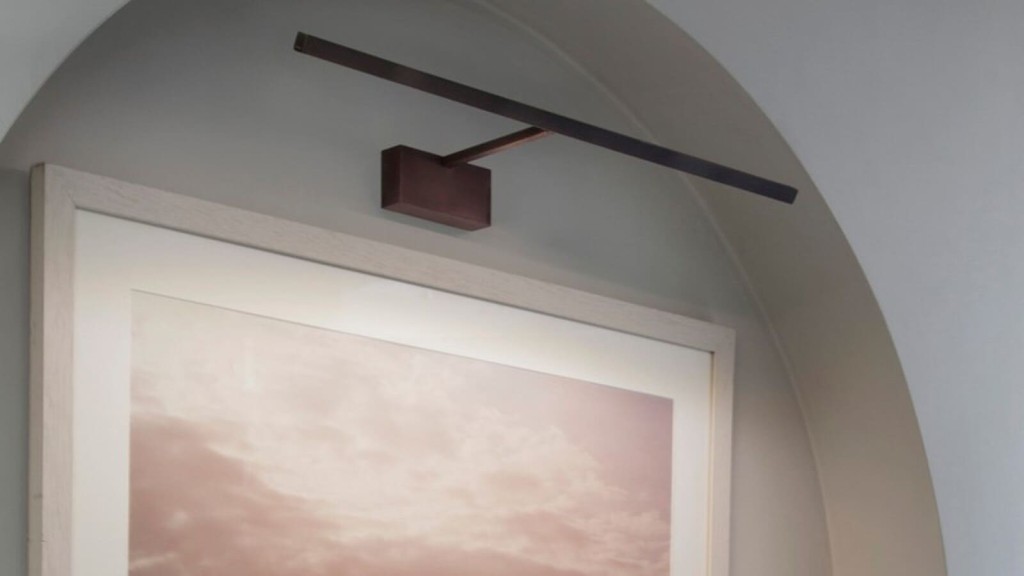
If you’re reading a piece on luxury lighting design, there’s a good chance you have a few art pieces up your sleeve you’d like to showcase in the best light possible. And if you’re wondering how to do that, you’re in the right place. To best highlight your artwork, you really have two key options - using spotlights, or picture lights.
What’s the difference?
A spotlight in the ceiling will flood your art piece with a pool of light, while picture lights are more contained and sit above the artpiece, shining their light on the canvas only. There are many sizes and styles you can choose when it comes to picture lights, so you can really choose your own adventure and select a luxury material that works with the other interior selections in your space.
If you have architectural elements that you’d like to draw visitors’ eyes to - like decorative mouldings or textured feature walls - then accent lighting is your answer. One of the most effective types of accent lighting is uplighting which casts light upward and adds dimension and depth to the architectural feature you’re accentuating. Wall-mounted uplights, floor-standing uplights, or recessed uplights installed in your flooring will all help to create the desired effect.
We’ve covered light layering and focused lighting for tasks and architectural interest, but what colour of light is right in creating luxury spaces? Let’s take a look.
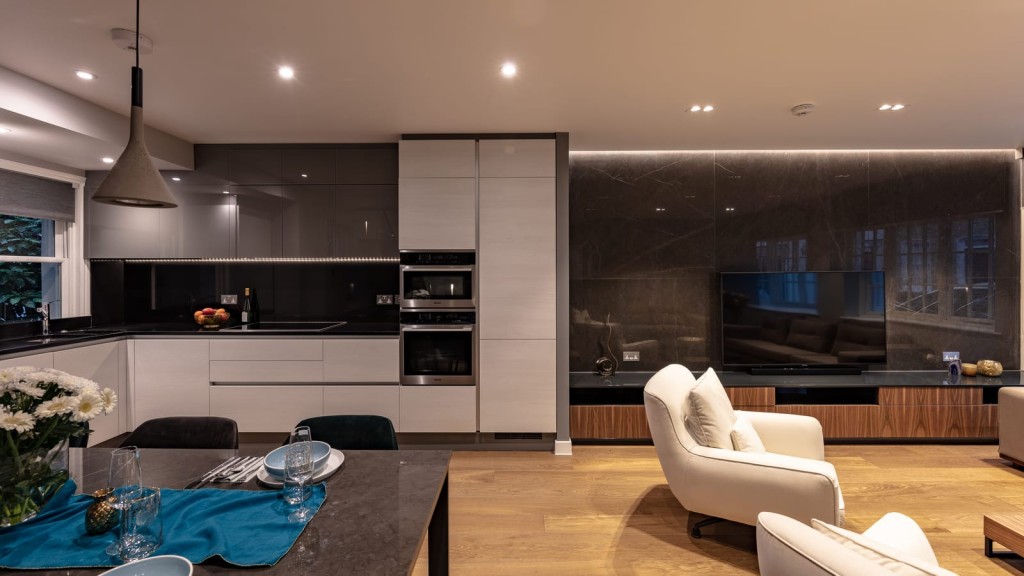
If you asked me to think of the cosiest environment I could, my mind would instantly cut to a warm English pub in the depths of an icy winter. While there are other factors that might contribute to this feeling - the roaring fireplace, the decor, the ceiling height - there’s no doubt the biggest contributor to this gentle, cosy ambience is the lighting.
Getting the colour temperature right in your space is crucial to creating a relaxed, luxurious mood and while lampshades, dimmers, and candles all have a role to play in dulling a light’s brightness, ultimately, the most impactful element is the light bulbs we select for our space.
If you choose a temperature that’s too bright and cold, it can make a space feel severe and unwelcoming. Go too warm and you won’t be able to see what you’re doing. Fortunately for us all, there is a scale of temperatures called the ‘Kelvin Scale’, which helps us decode which light bulb provides what grade of warmth or brightness.
You’ll notice when you purchase a light bulb from a hardware store or the supermarket that there’ll be a few numbers on the box - and maybe some letters are thrown in for good measure - and it’s easy to get overwhelmed and accidentally buy the wrong colour and size.
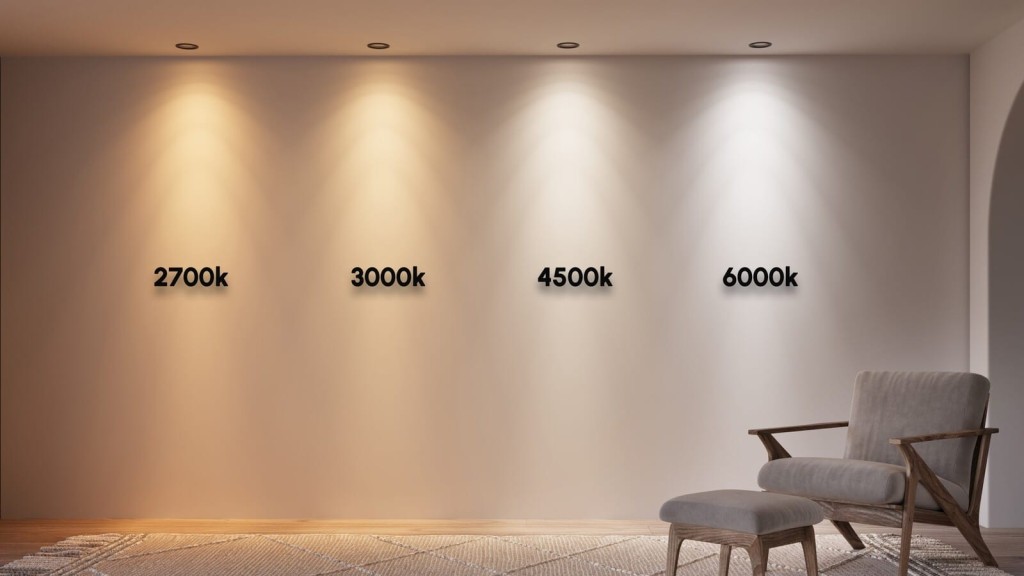
The most important thing to remember is the difference between the Kelvin scale numbers and the wattage. While the Kelvin Scale (a number in the 1000s+ that will have a K at the end) measures brightness, wattage indicates how much energy the bulb will use. The wattage will be far lower than the Kelvin scale number, and rather helpfully, will be the number followed by a W.
Now you know the difference, let’s turn our focus back to warmth as indicated by the Kelvin scale. On this scale, the lower the numbers, the warmer and more yellow the light. By contrast, the higher the numbers, the cooler and more white the light.
If you’re hoping to create a sense of warmth in your living room for example, you would opt for between 2700K and 3300K, which will give you a warm white light. In the kitchen you’ll need greater visibility, so a cooler white between the 3000K and 4500K mark would be more suitable.
Basically, warm white will sit between 2600k - 3200k, cool white could be anything between 3200k and 4500k, and daylight will be anything greater than 4500k.
We’ve looked at luxury lighting from all angles indoors, so let’s finish our exploration by discussing how we can produce breathtaking luxury lighting schemes outdoors.
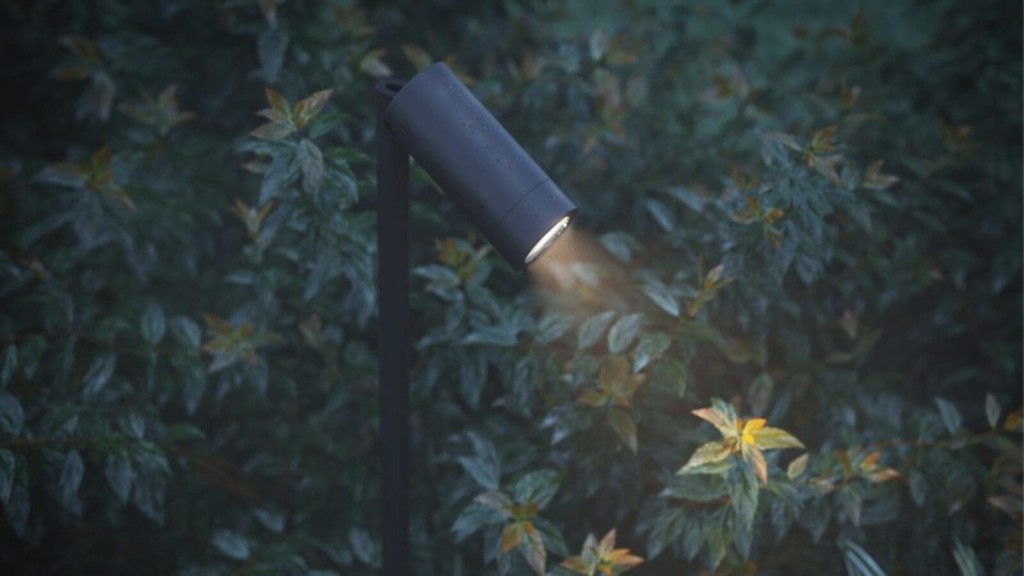
Okay so it’s not exactly interior design, but because it’s too often forgotten, I wanted to include a brief bonus section highlighting the importance of lighting design layout when it comes to your luxury outdoor spaces.
So commonly an afterthought, clever lighting solutions in your outdoor area are essential in finishing the lighting design of your home, elegantly tying everything together.
Of course, the outdoor lighting design scheme you choose will totally depend on the space you’re working with; perhaps you have a luxury patio that could be elevated through the use of a feature pendant light, or maybe you have a bountiful landscaped garden you could illuminate with spotlights, turning trees into works of art.
A pro-tip here is to make use of spike lights, particularly if you have a landscaped garden that’s likely to evolve over the years as trees mature. Spike lights can be easily moved around your garden and are extremely versatile, meaning they’re great, sustainable options.
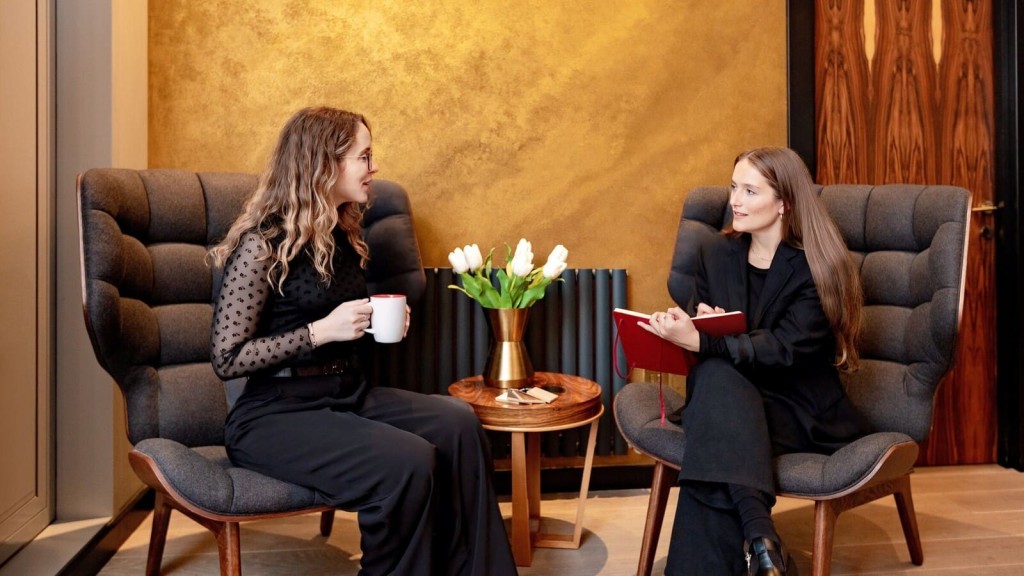
All in all, there’s no limit to how you can creatively use light to amplify your home’s luxury features, both inside and out. If you’d like to learn more about your own interior style, why not try out our interior design style quiz? It takes just a few minutes and will reveal the style that most suits you.
If you're considering overhauling your interiors with vibrant, luxurious lighting, or if you’re thinking about commencing a new project altogether, we’d love to hear from you.
Recognised as a leading interior architecture firm in London, we specialise in high-end design and refurbishments, extending from urban apartments and townhouses to countryside villas.
Our multidisciplinary team of architects and planners has a wealth of knowledge in this space and knows how to create stunning designs that meet the requirements of planning authorities while exceeding the expectations of our clients.
Reach out today to learn how we can transform your space and elevate your lighting design layout.

A key member of our architectural team, Sky has a passion for heritage homes and interior design, as well as a great instinct for ultra-creative extensions. Sky brings a fresh yet thorough approach to everything she designs.
We look forward to learning how we can help you. Simply fill in the form below and someone on our team will respond to you at the earliest opportunity.
The latest news, updates and expert views for ambitious, high-achieving and purpose-driven homeowners and property entrepreneurs.
The latest news, updates and expert views for ambitious, high-achieving and purpose-driven homeowners and property entrepreneurs.
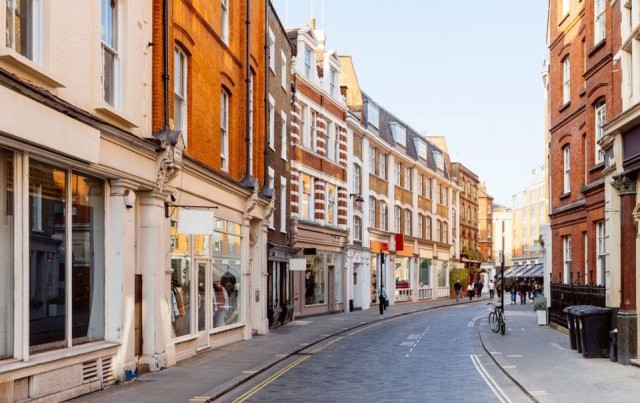
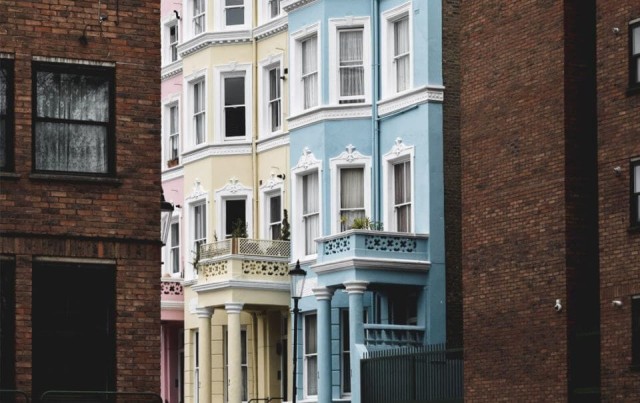
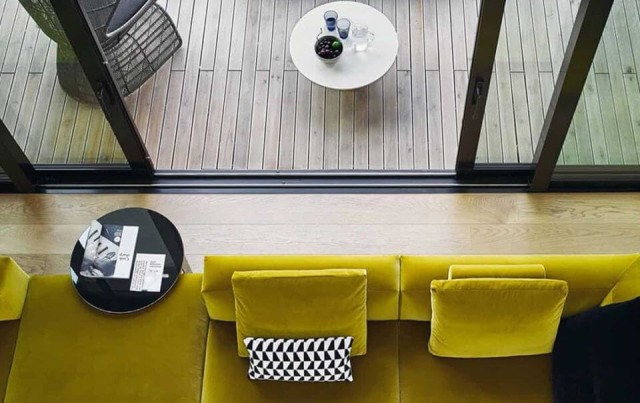
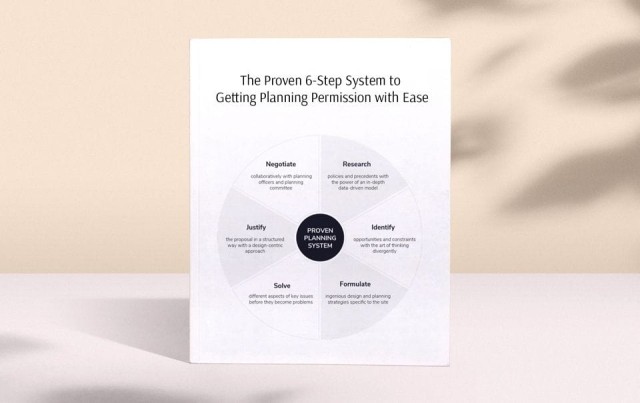


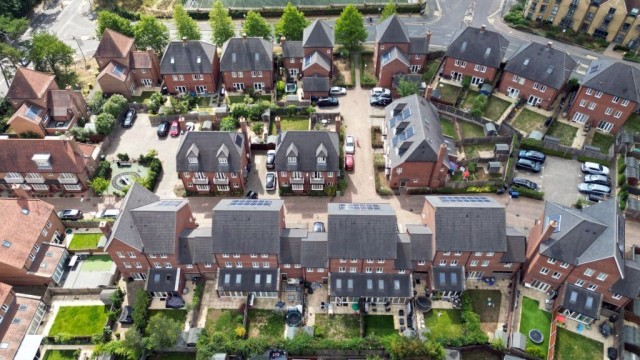
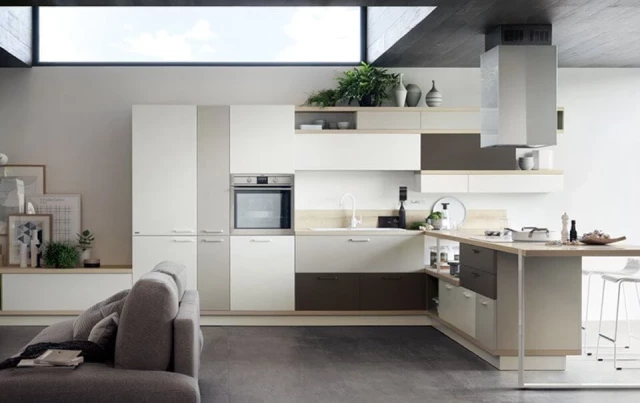


We specialise in crafting creative design and planning strategies to unlock the hidden potential of developments, secure planning permission and deliver imaginative projects on tricky sites
Write us a message